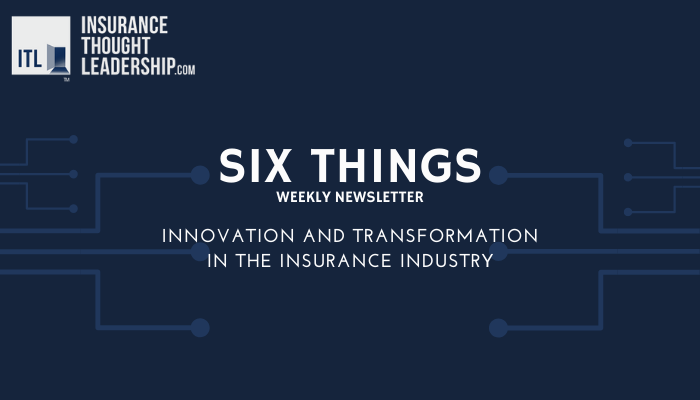|
Six Things Newsletter | August 4, 2020
In this week's Six Things newsletter, Paul Carroll argues that we should "Burn the Fax Machines" so both clients and companies are happier. Plus, the bigger disruptor: Lemonade or Tesla, AI in a post-pandemic future, crisis mitigation beyond COVID-19, and more.
















